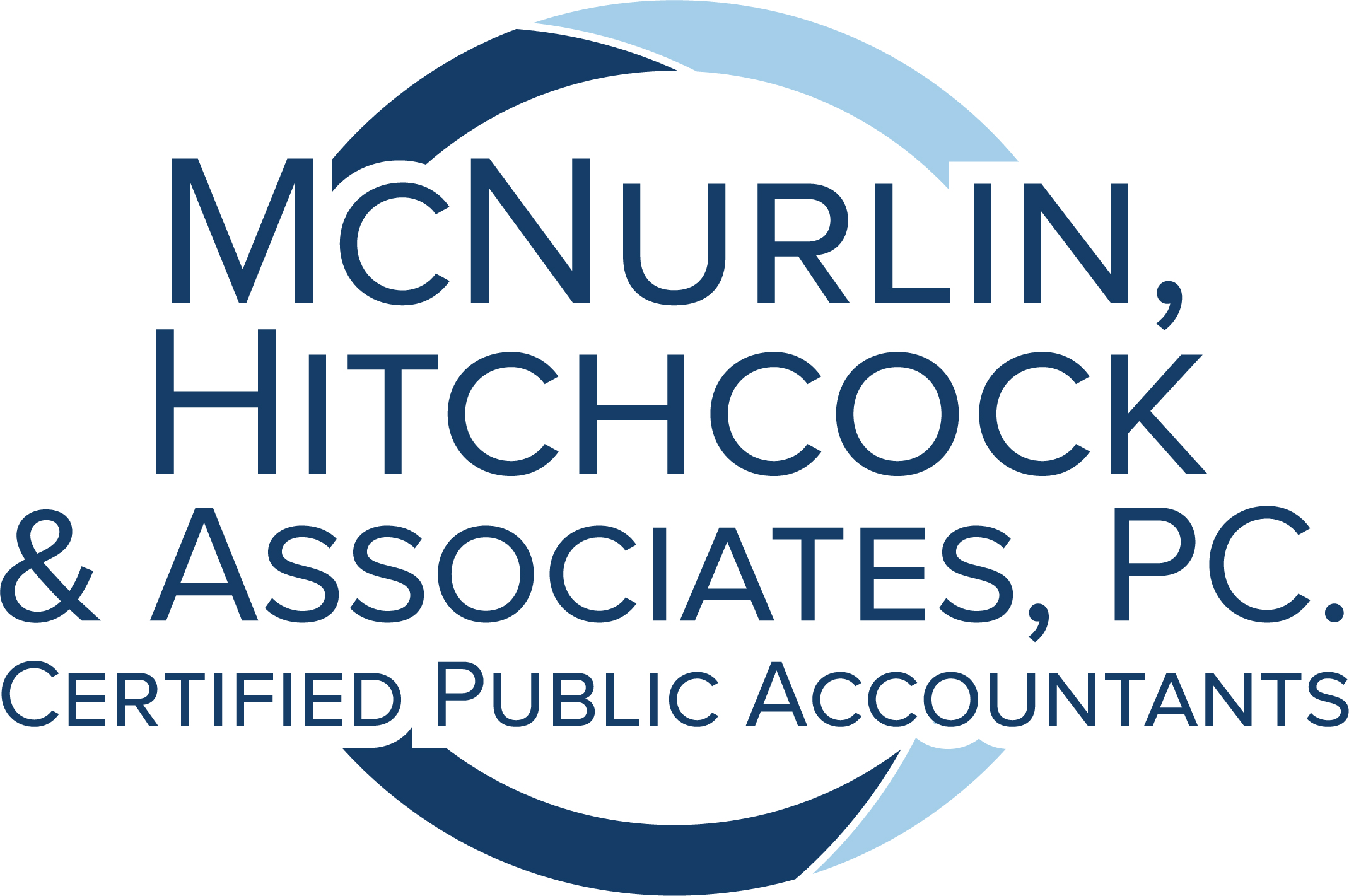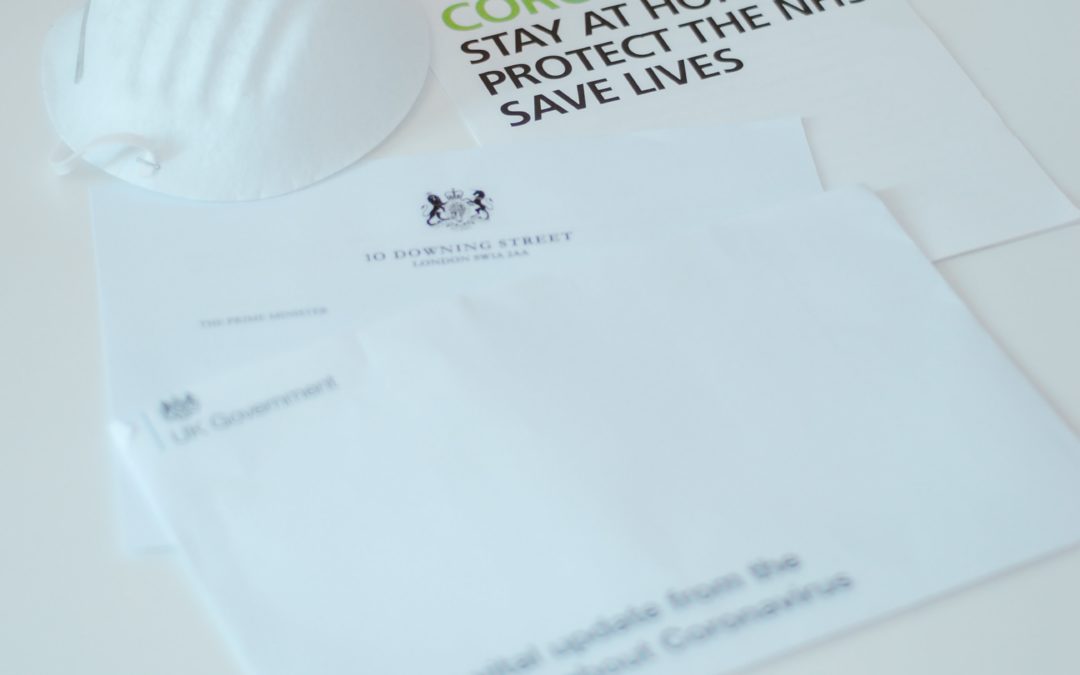Payroll tax credits for COVID-19 (as of September 21, 2020)
The US response to COVID-19 has only further complicated payroll tax system. We have multiple new laws designed to stimulate the economy and reward employers who keep employees working. These laws have far-reaching effects. This article is a 15-minute read and it is a complicated topic that continues to evolve, but the credits are extensive and worth your time to explore.
The Families First Coronavirus Response Act (FFCRA) and the Coronavirus Aid, Relief, and Economic Security (CARES) Act are two new laws that we have talked about over the summer. Because of the laws complexity, I wanted to revisit and take a deeper dive into their payroll components.
For employers who are paying payroll, and for self-employed individuals, there are potentially four ways to recover a $1 of payroll during this pandemic. It is outlined in the new IRS publication. This dollar of payroll can potentially come back to the employer through four different provisions as follows:
- Sick leave credit
- Family leave credit
- Employee retention credit
- PPP Loan forgiveness
These are mutually exclusive. That $1 of payroll can likely be recovered but it can only be applied to one of these options. You cannot double-dip.
Sick Leave and Family Leave Credits
They are both provisions in the act signed into law on March 18, 2020, called the Families first Coronavirus Response Act or FFCRA. The goal of this Act was to encourage employees and self-employed individuals to stay home from work if they are sick, to care for someone who is sick, or if they had no child-care.
The FFCRA has a provision called the Emergency Paid Sick Leave Act (EPSLA) which requires employers to pay sick leave and provides for a credit for qualified sick leave pay. Employers are required to pay (and get credit for) the first 80 hours of sick pay per person for qualified reasons associated with COVID-19 specifically. Qualified reasons are broken down into two Tiers, and, depending on Tier classification, require different levels of sick pay. Employers should report this credit as other income on the company profit and loss statement.
Tier 1 reasons include employees who are:
- subject to a quarantine or isolation per federal, state, or local orders
- advised by a health care provider to self-quarantine
- experiencing symptoms of COVID-19 and seeking a medical diagnosis, preventative care, or treatment
Tier 2 reasons include employees who are:
- caring for a family member under quarantine or isolation
- caring for a son or daughter due to school or childcare closures
If a full-time employee qualifies for sick leave under a Tier 1 reason, then they may receive pay up to 80 hours of paid emergency sick leave up to $511/day, or up to a maximum total of $5,110.
If a full-time employee qualifies for sick leave under a Tier 2 reason, then they may receive pay up to 80 hours of paid emergency sick leave up to $200/day, or up to a maximum total of $2,000.
While it sounds expensive, you as an employer should know: if you pay under this act, most of this pay is reimbursed. When the employer pays sick pay because of this requirement, he should receive a tax credit on form 941 for the amount paid. Aslo payments of wages under this requirement are not subject to the employer portion of FICA taxes.
Outside of the sick pay, there is another provision in the FFCRA called the Expanded Family and Medical Leave Expansion Act (EFMLEA). This provision requires private employers with fewer than 500 employees to provide up to 10 weeks of paid leave to full-time employees so they can care for a son or a daughter due to a school closure or childcare unavailability. An exemption for smaller employers under this requirement exists, however, it is fully refundable. If you do pay this leave to qualified employees, you can qualify for an EFMLEA credit up to $200/day with a maximum of $10,000 per employee.
The FFCRA credits are also available to self-employed Schedule C individuals and reimbursed through self-employment taxes on form 1040. These credits are explained in greater detail with Q&As on the Dept of Labor website.
Employee Retention Credit and PPP Loan Forgiveness
They are both from the act signed into law on March 27, 2020, called the CARES Act. These two items are mutually exclusive. If a qualifying employer received PPP loan funds, they cannot take the Employee Retention Credit. If you are a qualifying employer who did not take a PPP loan, please be sure to evaluate the Employer Retention Credit for your business. Qualifying employers are small business employers and tax-exempt organizations that carry on a trade or business during the calendar year 2020 but had their business partially or fully suspended due to government lockdowns, or experienced a significant reduction in gross receipts as compared to the prior year.
If you are a qualifying business and did not get a PPP Loan, the employee retention credit is worth exploring. For eligible employers with an average number of 100 or fewer FTEs in 2019, the credit is based on 100% of your qualified wages, up to $10,000 per employee. FTEs, for this calculation, are employees who are employed on average at least 30 hours per week. The term wages includes health benefits and compensation paid to qualified individuals. Qualified individuals do not include related parties (child, parent, etc.) Qualified wages are capped at the first $10,000 in wages paid by the employer to an eligible employee after March 12, 2020, and before January 1, 2021. Since this is a 50% credit, it provides up to $5,000 per employee. This credit is reported as a reduction in wages. It does not get reported as an increase to gross receipts or income, unlike the FFCRA sick pay credit. Click here for more information on this credit.
If you are a small business or nonprofit employer and are looking for assistance with these credits, PPP loans, and/or any other provisions in the CARES Act please reach out to our Firm to schedule your consultation at www.mcnurlincpa.com.
Thank you,
Kim Hitchcock
The owner of McNurlin, Hitchcock & Associates, PC a certified public accounting firm located in Lakewood, Colorado. Kim specializes in all areas of accounting, tax strategy planning, business management, and financial statement reporting. Kim can be reached directly at kim@mcnurlincpa.com.

